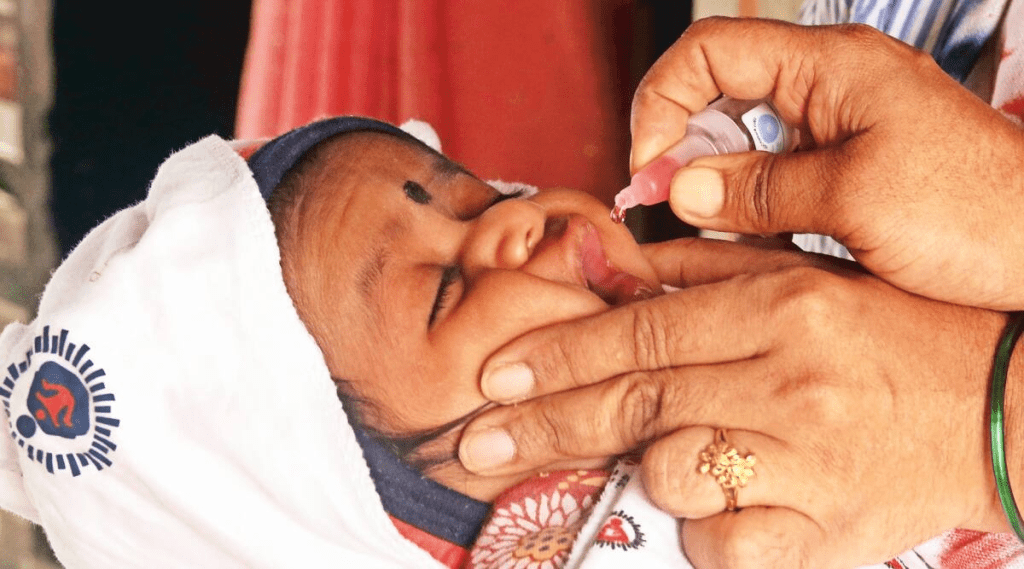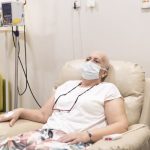In today’s fast-paced world, staying informed about potential health risks is crucial for maintaining the well-being of you and your loved ones. One such threat that demands attention is the resurgence of measles, a highly contagious viral infection that can have serious consequences if not promptly recognized and addressed. In this comprehensive guide, we’ll delve into the essential details about measles, its symptoms, and the necessary actions to take to ensure a timely and effective response.
Understanding Measles: A Brief Overview
Measles, scientifically known as rubeola, is caused by the measles virus, belonging to the paramyxovirus family. This virus is primarily transmitted through respiratory droplets, making it extremely contagious. Despite the availability of vaccines, the number of measles cases has been on the rise in recent years, making it imperative to understand the symptoms and risks associated with this infectious disease.

Recognizing Measles Symptoms
Early identification of measles symptoms is key to preventing its spread and complications. The virus follows a distinct pattern of progression, typically unfolding in the following stages:
1. Incubation Period
After exposure to the virus, an individual enters a 10 to 14-day incubation period. During this phase, there are no visible symptoms, making it challenging to identify the infection.
2. Prodromal Stage
The prodromal stage marks the onset of symptoms. These often mimic those of the common cold and include:
- High fever
- Runny nose
- Cough
- Red and watery eyes
3. Koplik Spots
Several days after the prodromal stage, small white spots with bluish centers, known as Koplik spots, may appear inside the mouth. These spots are a unique indicator of measles and can aid in early diagnosis.
4. Rash Development
Approximately 14 days after exposure, a rash emerges. It usually starts at the hairline and spreads downwards, eventually covering the entire body. The rash consists of flat red spots, some of which may merge as they spread.
5. Recovery
After about a week, the rash begins to fade, and the affected person starts to recover. However, complications can still arise during this phase.

Taking Action: What to Do
If you suspect that you or someone you know has contracted measles, taking swift and appropriate action is essential. Follow these steps:
1. Isolation
Isolate the infected person to prevent the virus from spreading to others. Measles is highly contagious, and isolation is crucial until the rash disappears and the fever subsides.
2. Medical Consultation
Consult a healthcare professional for an accurate diagnosis and to discuss the best course of action. Inform them about the symptoms you’ve observed and the potential exposure to the virus.
3. Supportive Care
There is no specific antiviral treatment for measles, so focus on providing supportive care. This includes ensuring the infected person stays hydrated, gets plenty of rest, and manages fever with appropriate medications.
4. Preventive Measures
The most effective way to prevent measles is through vaccination. If you haven’t already, ensure that you and your family members are up-to-date with the measles, mumps, and rubella (MMR) vaccine.
Conclusion
In a world where global travel and interactions are more frequent than ever, understanding and promptly addressing the symptoms of contagious diseases like measles is paramount. By recognizing the distinct stages of the infection and taking immediate action, you not only protect yourself but also contribute to the collective effort of curbing the spread of this potentially dangerous virus. Stay informed, stay vigilant, and prioritize health above all else.




